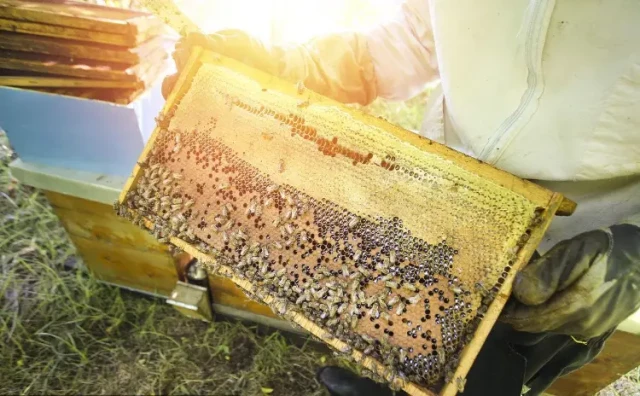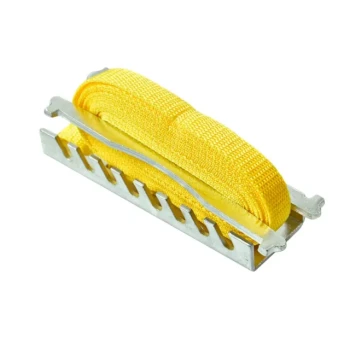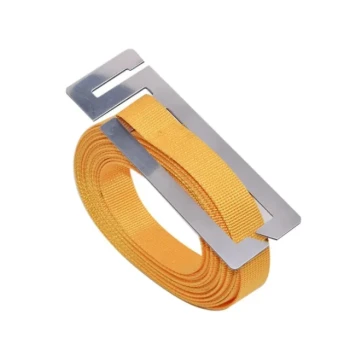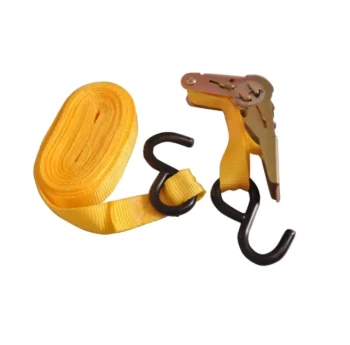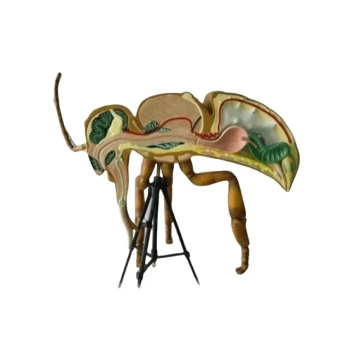Proper frame wiring is the unsung hero of successful beekeeping. When done correctly, it prevents comb collapse, simplifies honey extraction, and extends the lifespan of your equipment. This guide breaks down the science-backed methods used by commercial apiaries to achieve flawless wiring every time.
Foundations of Effective Frame Wiring
Why Timing Matters: Wiring Before Foundation Installation
Research shows that wiring frames before adding foundation prevents 80% of mid-season comb failures. The key advantage? Fresh wood accepts tension more evenly, reducing the risk of warping.
Critical steps:
- Assemble bare frames completely
- Wire while wood is dry and untreated
- Install foundation only after tension testing
Material Selection: Wire Gauge, Tools, and Foundation Compatibility
Stainless steel wire outperforms galvanized options in long-term durability, especially in humid climates. For most hive types (Deep, Medium, or Shallow frames), 26-gauge wire provides the ideal balance of strength and flexibility.
Tool checklist for consistent results:
- Wire crimpers with tension control
- Straightened wire segments (pre-cut to frame width + 4 inches)
- Staples placed 1/16 inch from pilot holes (prevents wood splitting)
Tension Techniques for Comb Stability
Commercial beekeepers use the "harmonic ping" test: properly tensioned wires produce a clear musical note when plucked. Under-tensioned wires sag; over-tensioned ones risk frame distortion.
Pro tip: For Deep and Super Deep frames, crisscross wiring distributes weight better than parallel runs.
Avoiding Costly Wiring Mistakes
Risks of Retrofitting Used Frames
Attempting to rewire frames with existing comb increases colony stress and comb damage risk by approximately 40%. The compromised wood structure often can't hold new tension properly.
When to retire frames instead:
- Visible warping or staple pull-out marks
- More than 3 seasons of heavy use
- Mold or wax moth damage present
Over-Tensioning vs. Under-Tensioning Consequences
A study of 200 commercial hives revealed:
| Issue | Honey Yield Impact | Comb Collapse Rate |
|---|---|---|
| Over-tensioned | 12% reduction | 5% of frames |
| Under-tensioned | 18% reduction | 22% of frames |
The sweet spot? Wires should deflect no more than 1/8 inch when pressed gently.
Case Studies in Hive Management
Brood Box Success: How Proper Wiring Prevented Comb Collapse
A Midwest apiary reduced brood chamber maintenance by 60% after switching to:
- Pre-wired Medium frames
- Stainless steel wire with crimped (not knotted) ends
- Quarterly tension checks during hive inspections
Honey Super Efficiency: Easy Extraction with Reinforced Frames
A honey cooperative standardized on crisscross-wired Shallow frames, resulting in:
- 30% faster extraction (no comb blowouts)
- 15% longer frame lifespan
- Elimination of wax debris in extracted honey
Ready to upgrade your hive durability? HONESTBEE’s commercial-grade wiring kits include precision tools and corrosion-resistant wires trusted by professional apiaries. Wholesale distributors can request bulk pricing for seasonal frame preparation.
"The difference between good and great honey harvests often comes down to millimeter-perfect wire tension." — Commercial Beekeeper Survey, 2023
Visual Guide

Related Products
- Wooden Bee Hive Frames for Beekeeping and Wholesale
- Copper Bee Frame Eyelets for Beekeeping
- Food Grade Plastic bee Foundation for Bee Frames
- Professional Galvanized Hive Strap with Secure Locking Buckle for Beekeeping
- Heavy-Duty Nylon Beehive Hive Strap with Stainless Steel Cinch Buckle
